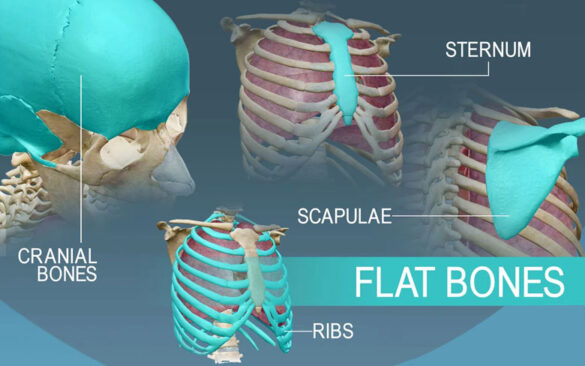

The clavicle attaches to several muscles connecting it to the arm, the chest and the neck. In most people, the clavicle is easy to feel and even see under the skin. The clavicle, or “collar bone,” is a long slightly curved bone that connects the arm to the chest. Injuries to the scapula are usually from an awkward fall or car accident.

The shoulder girdle combines to give you shoulder motion. Because of this, the main shoulder joint (called the glenohumeral joint), the scapula, and the surrounding muscle and ligament are collectively referred to as the shoulder girdle. Much of the motion of the shoulder is actually motion between the scapula and the chest. The acromion is the part of the scapula that attaches to the collar bone and is the only true joint attaching the arm to the body. The scapula has a joint that wraps around from the back to the front of the shoulder called the acromion. In fact, there are 17 muscles that attach to the scapula. It, essentially, floats off of the back of the chest, as it is connected to the body primarily by muscle. The scapula, or “shoulder blade,” is an approximately triangular shaped bone. The bones have a crystalline construction embedded with mineral and live cells that maintain and repair the skeleton. Nursing Times 116: 2, 38-42.Īuthor: Jennie Walker is principal lecturer, Nottingham Trent University.Bones have many shapes and sizes and are important to add structure to the body and protection to the vital structures. Understanding the structure and purpose of the bone allows nurses to understand common pathophysiology and consider the most-appropriate steps to improve musculoskeletal health.Ĭitation: Walker J (2020) Skeletal system 1: the anatomy and physiology of bones. This article, the first in a two-part series on the structure and function of the skeletal system, reviews the anatomy and physiology of bone. The skeletal system is formed of bones and cartilage, which are connected by ligaments to form a framework for the remainder of the body tissues. This article, the first in a two-part series on the skeletal system, reviews the anatomy and physiology of bone Bones are an important part of the musculoskeletal system.


 0 kommentar(er)
0 kommentar(er)
